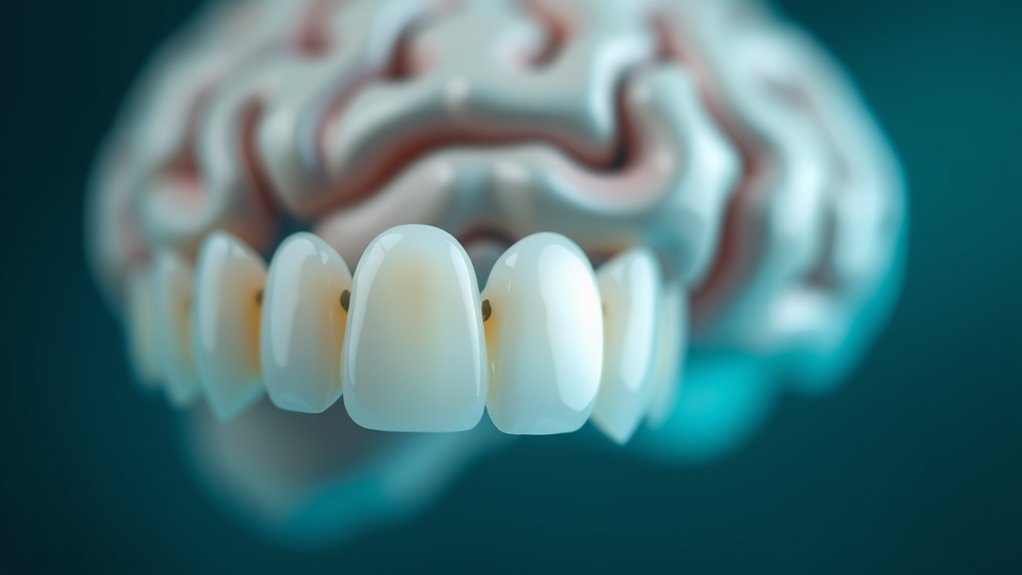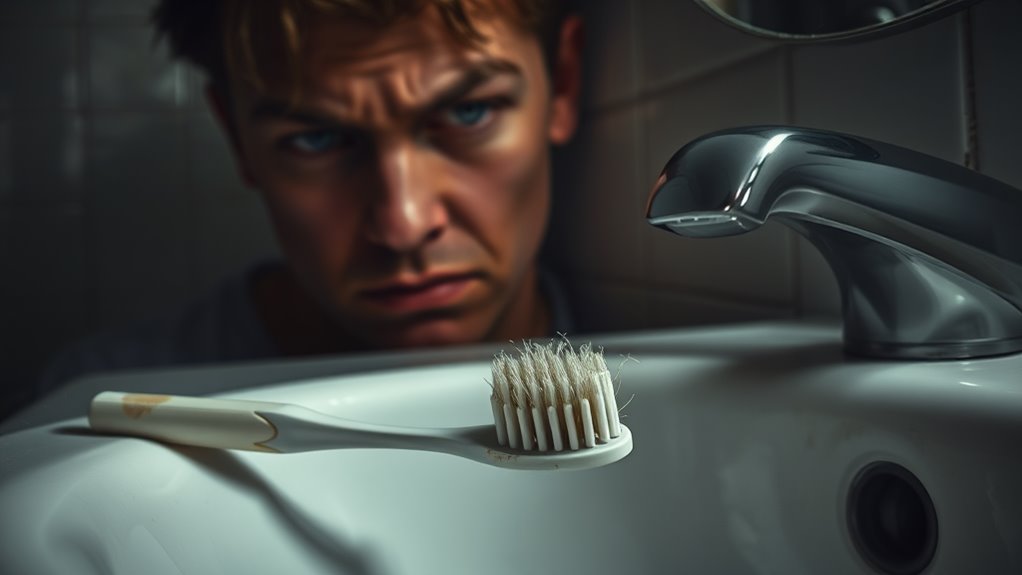Scared of the Dentist. This Relaxation Trick Works Every Time!
If you’re among the millions who dread dental visits, you’re not alone. That racing heart, sweaty palms, and overwhelming urge to bolt from the waiting room are all too familiar. But what if you could master a simple technique that turns your anxiety into calmness in minutes? Deep breathing isn’t just another wellness trend—it’s a scientifically proven method to regain control when dental fear takes hold, and you’ll want to know exactly how it works.
Why Deep Breathing Is Your Secret Weapon Against Dental Fear
When you’re sitting in the dental chair with anxiety creeping in, deep breathing becomes your most powerful tool for staying calm. This natural fix can transform your entire dental experience by activating your body’s relaxation response and reducing stress hormones within minutes.
You’ll find that controlled breathing directly counteracts the physical symptoms of dentist anxiety. By taking slow, deliberate breaths, you’re signaling your nervous system to shift from “fight or flight” to “rest and digest” mode.
Try inhaling for four counts through your nose, holding briefly, then exhaling for six counts through your mouth.
What makes deep breathing particularly effective is that you can practice it discreetly without drawing attention. While the dentist works, focus on maintaining this rhythm.
In addition, breathing techniques for calmness can further enhance your ability to manage anxiety during visits.
You’ll notice your heart rate slowing down, muscles relaxing, and anxious thoughts subsiding. It’s a game-changing technique that puts you back in control of your dental experience.
A Step-by-Step Guide to Calming Your Nerves in the Dental Chair
Once you’re seated in the dental chair, following a systematic approach to relaxation can make a significant difference in your comfort level.
Start by closing your eyes and positioning your body comfortably, ensuring your shoulders aren’t tense and your hands rest loosely on the armrests.
Begin with a deep breath through your nose, counting to four. Hold it for two counts, then release slowly through slightly parted lips for six counts.
Repeat this pattern three times. As you breathe, focus on progressively relaxing each muscle group, starting from your toes and moving upward to your face.
If anxiety spikes during treatment, squeeze and release your left hand while visualizing a peaceful scene.
You can also try tapping your thumb against each finger in sequence – it’s a subtle technique that won’t interfere with the dentist’s work. Remember, incorporating breathing exercises before and during your appointment can significantly enhance relaxation and reduce anxiety.
Making Your Next Dental Visit More Comfortable With Mindfulness
Mindfulness offers another powerful approach to managing dental anxiety alongside traditional relaxation techniques. By staying present and observing your thoughts without judgment, you’ll gain better control over anxious feelings during dental procedures.
Start by focusing on your breath while in the waiting room. Notice the natural rhythm of your inhales and exhales without trying to change them.
When you’re in the dental chair, shift your attention to physical sensations like the texture of the chair or the temperature of the room. If worried thoughts arise, acknowledge them briefly and return your focus to your breath or surroundings.
You can also practice mindful body scanning, moving your awareness systematically from your toes to your head. This helps release muscle tension and grounds you in the present moment. Additionally, being aware of the supportive dental community can enhance your confidence and comfort during visits.




